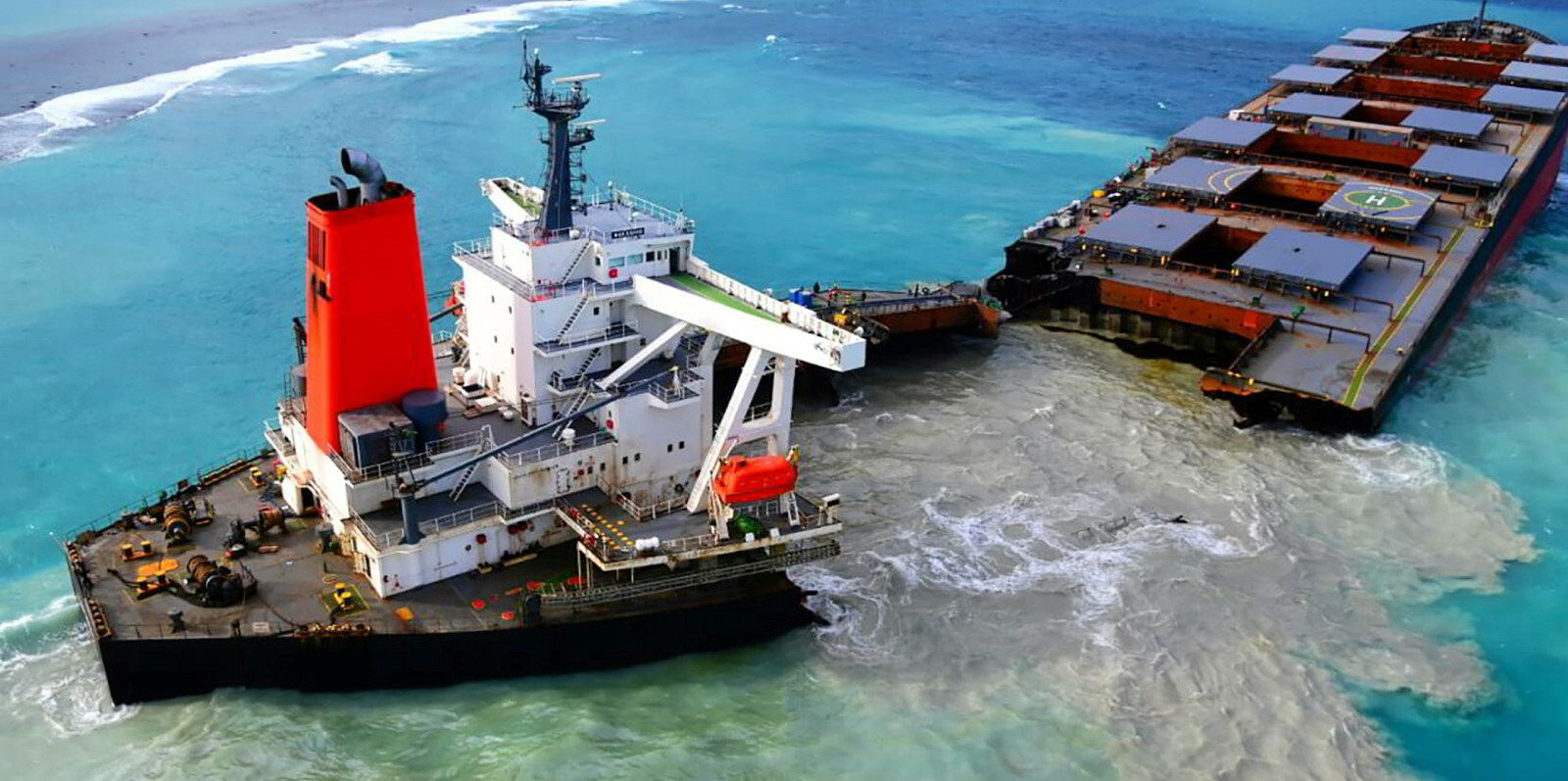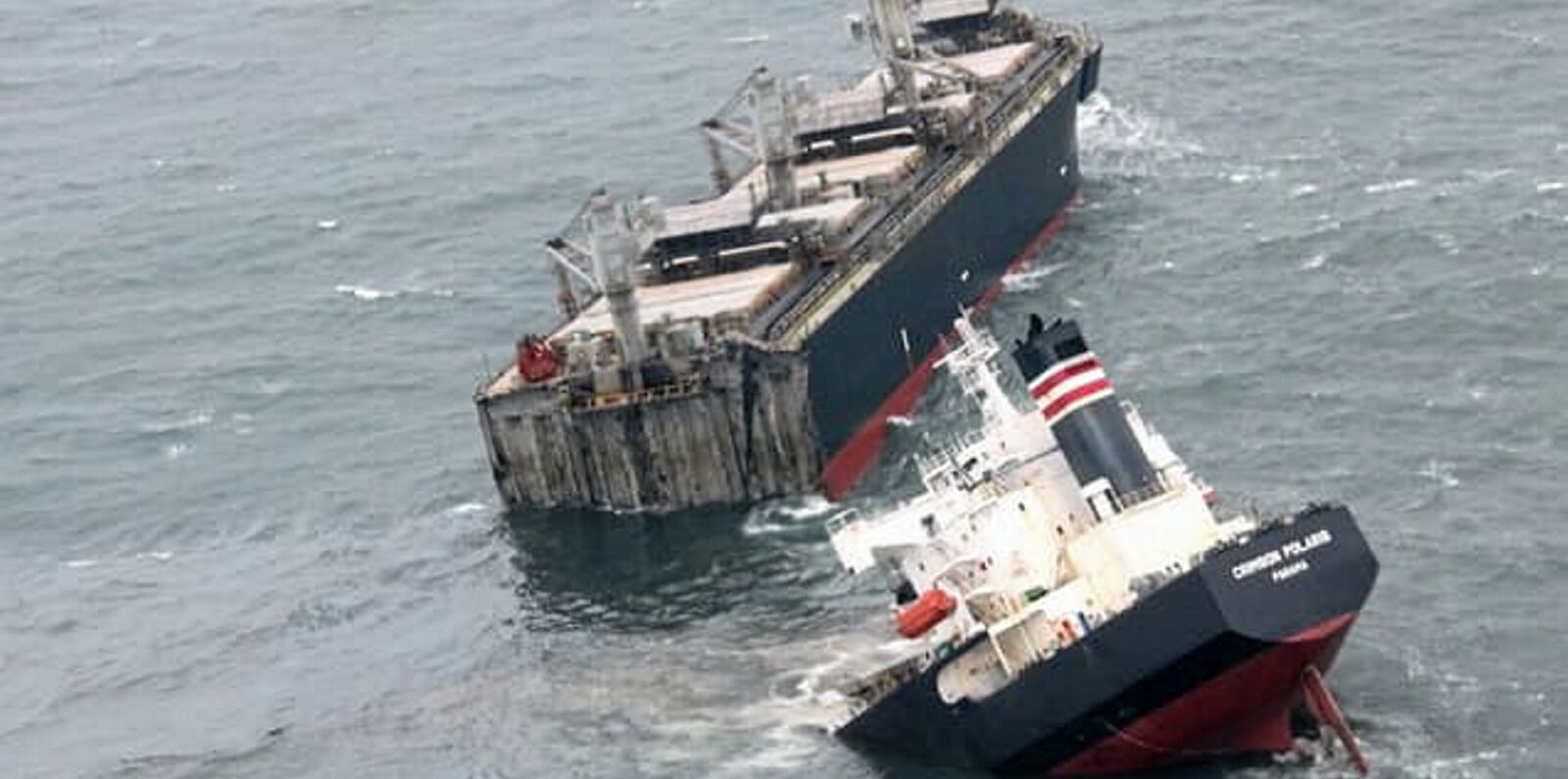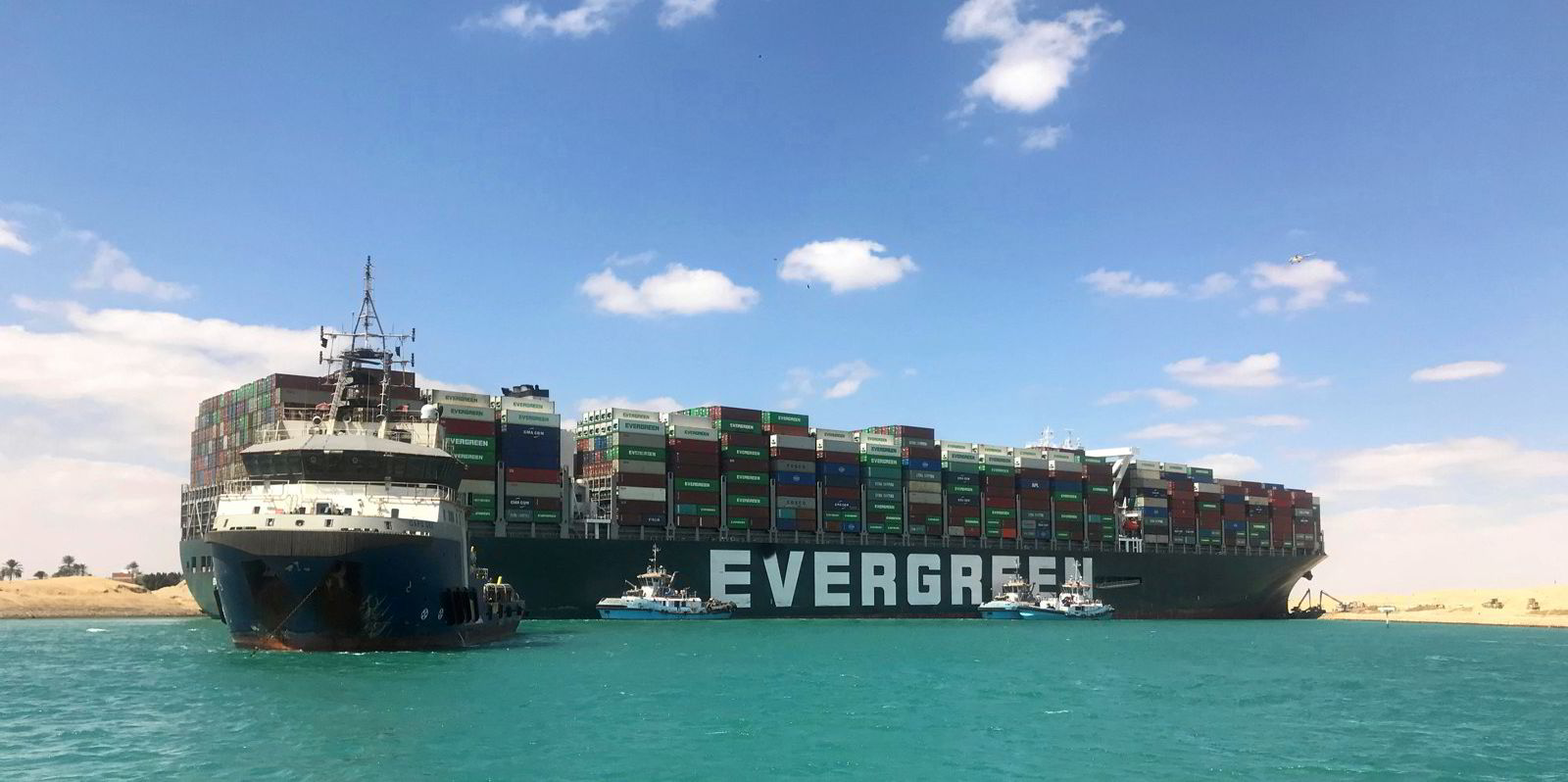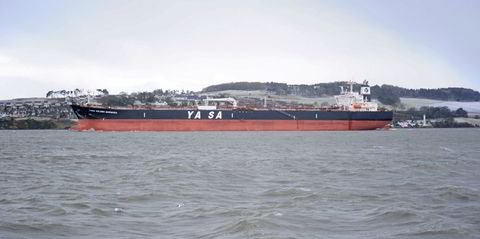Since the devastating grounding of the Wakashio on the shores of Mauritius in July last year, Japanese shipowners have been involved in a succession of major casualties.
Accidents concerning the Japanese-owned 14,052-teu ONE Apus (built 2014), 13,870-teu Milano Bridge and 20,388-teu Ever Given (both built 2018) and 49,549-dwt Crimson Polaris (built 2006) have taken a big toll on the environment and marine insurers.
With the exception of the ONE Apus, owned by NYK Line subsidiary Chidori Shipholding, the accidents all involved tonnage controlled by private regional shipowners based in the west of Japan.
The Milano Bridge and Crimson Polaris are controlled by Doun Kisen, the 203,000-dwt Wakashio (built 2007) by Nagashiki Shipping, and the Ever Given by Shoei Kisen Kaisha.
The incidents have now put the long-standing relationship between the big-three Japanese operators — Mitsui OSK Lines, NYK and K Line — and their local tonnage providers under strain.
The Japanese operators are now putting their chartered fleets under review.
Since the Wakashio incident, the vessel's charterer, MOL, has said it will tighten up the vetting of its chartered tonnage and closely monitor those ships around the world.
Quality review
Junichiro Ikeda, who was chief executive at MOL when the Wakashio accident happened, said at the time that his company needed to “improve the quality of chartered vessels,” and “review ship management”.
The Wakashio
In July 2020, the 203,000-dwt Wakashio (built 2007), owned by Nagashiki Shipping, grounded on the shores of Mauritius. The vessel sailed off course as crew searched for a mobile-phone connection. More than 1,000 tonnes of fuel oil soiled the Mauritius beaches. The stern of the bulker remains grounded off the island's coast.
The Milano Bridge
In April 2020, the Doun Kisen-owned, 13,870-teu containership Milano Bridge (built 2018) hit and destroyed a container crane at Pusan Newport. The vessel approached the berth at too high a speed. The damage to the terminal is estimated at $90m.
The ONE Apus
In December 2020, about 1,900 containers were lost from the Ocean Network Express-operated, 14,052-teu boxship ONE Apus (built 2014) in a storm in the Pacific. The vessel is owned by Japan’s NYK Line.
The Ever Given
In March 2021, the Shoei Kisen-controlled 20,388-teu containership Ever Given (built 2018) grounded in the Suez Canal, blocking the channel for six days and causing widespread disruption to world trade.
The Crimson Polaris
In August 2020, Doun Kisen's 49,549-teu Crimson Polaris (built 2006) grounded in heavy weather outside the port of Hachinohe. After suffering a crack, the hull broke in two the next day. About 282 tonnes of fuel oil leaked from the stern bunker tank. Another 1,141 tonnes of fuel oil remained in the forward section.
There are indications the Japanese charterers would like to see improved operating standards.
Following the Wakashio accident, it emerged that MOL had up-to-date crew communications capability on its own vessels. But it had to request owners of its chartered tonnage to upgrade communications systems to the same level.
The Wakashio grounded when it sailed close to the shore in search of a mobile-phone connection.
Increasing reliance
But, over the past decade, the big three have become increasingly reliant on their local tonnage providers, as they seek to de-risk their businesses, and pursue a more asset-light approach based on chartered rather than owned tonnage.
At the same time, Japanese tonnage providers have also been expanding their businesses with non-Japanese ship operators.
The Japanese regional owners have grown as a result, but their response to the casualties does not seem to match their increasing prominence on the world shipowning stage.
In the case of the Crimson Polaris and the Wakashio, it has been charterers NYK and MOL that have had to face the glare of media attention, because of their higher profile and commitment to social responsibility. The shipowners have remained largely out of the picture.
When the Crimson Polaris accident happened, charterer NYK had to make the point that it was not the only party involved, and that the technical operation of the vessel was entrusted to its owner and ship manager.
NYK tellingly arranged a YouTube presentation in which Doun Kisen executive director Ryosuke Okouchi and Masami Iwai, chief executive of technical manager Misuga Ship Management, were present to apologise and explain the situation. NYK’s representative Nobuhiro Kashima joined the apology but left the explaining to the owner and manager.
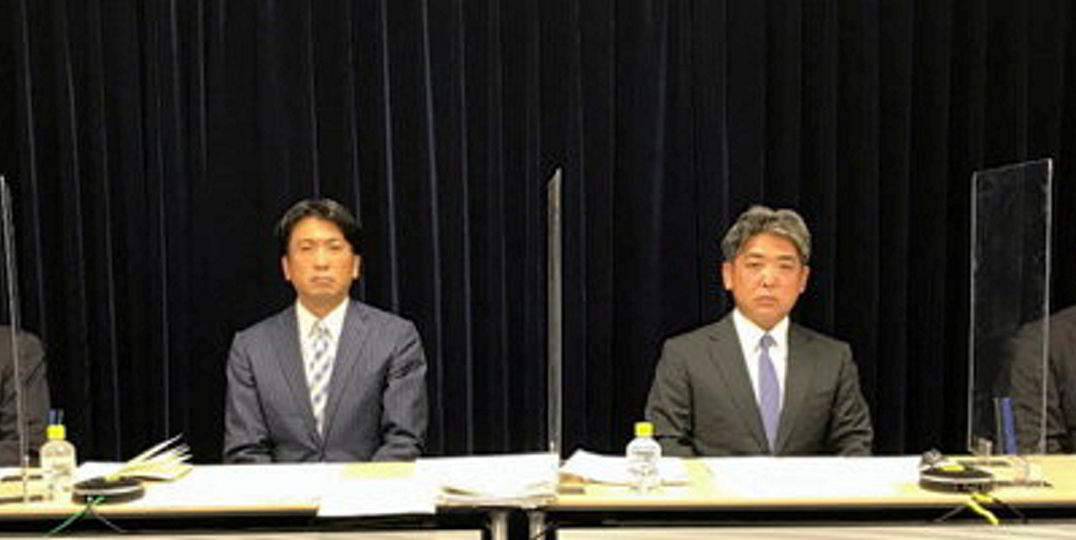
Doun Kisen, a major shipowner that now controls 91 ships including ultra-large containerships and VLGCs, does not have a website.
When the Ever Given grounded in the Suez Canal, its protection and indemnity insurer, the UK P&I Club, took the lead on making statements on the compensation negotiations with the Suez Canal Authority.
Shoei Kisen, which owns more than 200 ships, did publish some statements on its modest website and addressed Japanese media.
However, although it was often referenced in news articles, the company remained largely anonymous throughout one of shipping’s most high-profile incidents.
The issue for the Japanese shipowners is whether they can keep a low profile while operating massive fleets around the world.
“Companies owning hundreds of ships with a world-wide operation, faced with the enormous risks involved in the shipping business, should at least have some sort of public profile, and be ready to meet the demands for social responsibility when an accident happens,” one communications expert said.
One consequence of the accidents could be that the big three Japanese operators will move to reduce their reliance on their traditional tonnage providers.
NYK’s current business plan includes reducing long-term chartered dry bulk tonnage to 50%, from its current level of around 80% to 90%.
A move to shorter charter arrangements would open the door to a wider variety of tonnage suppliers.
